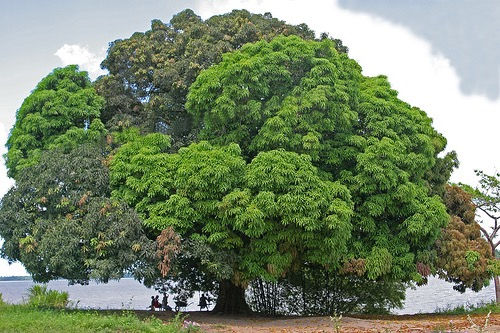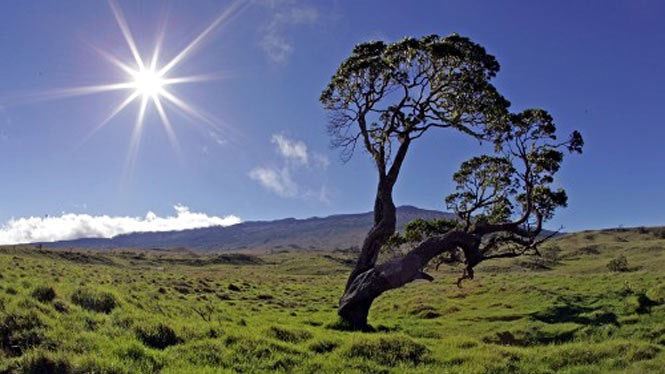Welcome to Hawaiian Mango Wood
- Dakota fitzner
- Apr 2, 2025
- 3 min read
Updated: Sep 1, 2025

Sustainable, Striking, and Full of Aloha
While the mango tree is celebrated worldwide for its sweet, golden fruit, it also offers something just as beautiful — its highly prized hardwood. At Makia Kreations, we work with locally sourced Hawaiian mango wood, transforming it into stunning, functional art.
What is Mango Wood?
Mango wood comes from the Mangifera indica species — a fast-growing tropical hardwood native to South Asia but now thriving in regions like Hawai‘i, India, and Central America. Once a mango tree finishes its fruit-bearing cycle, it enters a mature phase ideal for timber harvesting. The heartwood becomes denser, more vibrant, and perfect for fine woodworking.
Although mango isn’t yet a global lumber staple like oak or teak, it has become increasingly popular in artisan woodworking, eco-conscious furniture, and epoxy resin art for its beauty and sustainability.
Unique Characteristics of Mango Wood
Mango wood is beloved for its:
Vibrant Grain Patterns: Ranging from golden brown to rich pinks and even black streaks.
Workability: Dense yet easy to shape, cut, and finish — ideal for handcrafted furniture and serveware.
Natural Water Resistance: Especially when polished or sealed, it performs well in humid or outdoor conditions.
Striking Aesthetic: Naturally occurring spalting (fungal patterns) adds bold, one-of-a-kind textures.
Eco Appeal: Often harvested from retired fruit trees, it provides sustainable, ethical lumber.
These qualities make mango wood a favorite among woodturners, artisans, and conscious consumers looking for sustainable tropical hardwood alternatives.
Mango Wood vs. Other Hardwoods
Often compared to teak for its density and visual appeal, mango wood stands out because:
It grows quickly (ready for harvest in just 7–15 years).
It doesn’t place strain on endangered tree species.
It requires less seasoning or post-harvest processing.
It has a lower environmental footprint due to dual-purpose cultivation (fruit + lumber).
This makes mango an excellent option for buyers seeking eco-friendly hardwoods with tropical character.
Mango Wood in Functional Art
At Makia Kreations, we use mango wood to create charcuterie boards, serveware, and epoxy-inlaid art pieces that blend form and function. Each piece highlights the wood’s natural warmth, showcasing spalting, color variation, and flowy resin accents inspired by Hawaiian land and sea.
Because of its grain clarity and color depth, mango is especially beautiful when paired with ocean-inspired epoxy pours — mimicking lava, waves, and coral reef formations.
Mango Wood in Hawai‘i
While native to South Asia, mango trees now thrive in the tropical microclimates of Hawai‘i, particularly on the Big Island and Maui. Here, older, non-fruiting trees are often milled into timber, giving them a second life as art. This makes Hawaiian mango wood not only stunning but also a deeply local and sustainable material — something we take pride in at Makia Kreations.
Final Thoughts: Why Choose Mango Wood?
Mango wood is more than just beautiful — it’s a story of sustainability, craftsmanship, and natural wonder. Whether you're a design enthusiast, a conscious consumer, or someone seeking a meaningful piece of Hawai‘i to bring home, mango wood delivers both functionality and emotional value.
Its rich tones, textural complexity, and ethical sourcing make it one of our favorite mediums for handcrafted wood art and serveware.
Experience Mango Wood for Yourself
Explore our Mango Wood Charcuterie Boards and Serveware to experience the beauty of Hawaiian craftsmanship firsthand. Each piece is one-of-a-kind — just like the tree it came from.



This was very insightful, thanks!